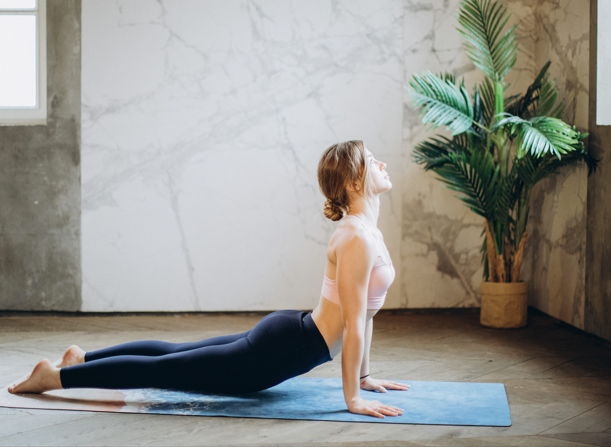This post is also available in:  English
English 繁體中文 (Chinese (Traditional))
繁體中文 (Chinese (Traditional))
How to choose, clean and maintain a yoga mat?
LIFESTYLE / 2023-04-12
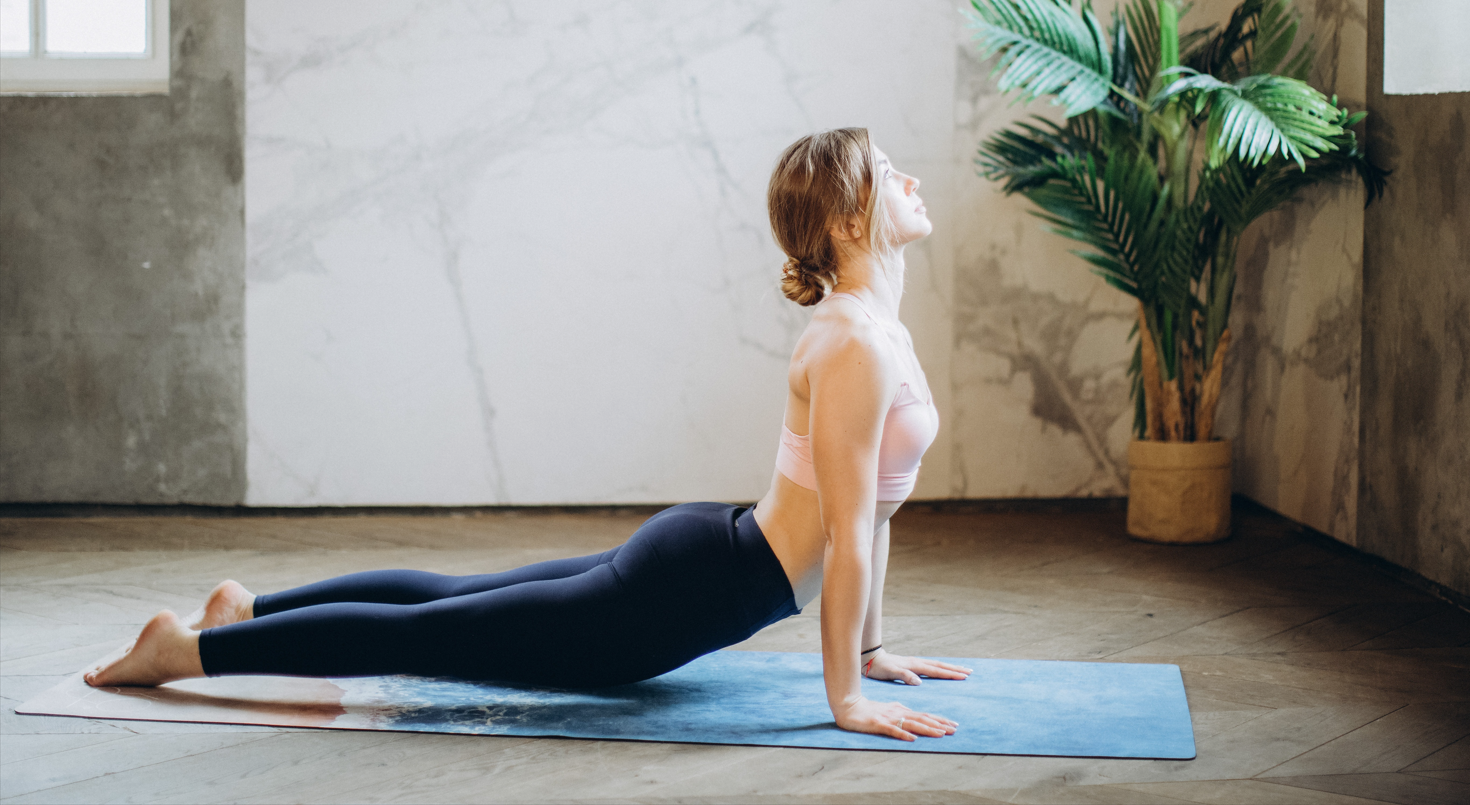
What is a yoga mat used for?
Yoga mat is an important tool in yoga practice. Its main uses are as follows:
Provide a comfortable practice surface: Yoga mats can provide a soft surface to reduce the pressure and burden on the body during practice, making practice more comfortable.
Increased slip resistance: The surface of yoga mats usually has anti-slip texture or coating, which can increase the slip resistance during practice and prevent the body from sliding or shifting.
Provide a safe practice environment: Yoga mats can reduce the direct contact of the body on the ground, reducing the risk of injury and injury caused by practice.
Provide positioning and guidance for exercises: There are usually signs and patterns on yoga mats, which can provide practitioners with reference and positioning to help them better grasp postures and movements.
In general, yoga mats can improve the effect and safety of exercises, enable practitioners to focus more on exercises, and gain more gains during exercises.

How to choose a yoga mat that suits you?
It is very important to choose a yoga mat that suits you. Here are some factors that can be referred to:
Thickness: The thickness of the yoga mat will affect the stability and comfort of the body during practice. If you need more support and comfort, you can choose a thicker yoga mat. Generally speaking, yoga mats with a thickness of 2-6mm are more common, but the specific choice depends on individual needs.
Size: The size of the yoga mat is also a factor to be considered. If you need more space for practice, you can choose a yoga mat with a larger length and width. Usually the size of the yoga mat is 68-72 inches long and 24-26 inches wide.
Material: The material of a yoga mat affects its comfort, slip resistance, and durability. Generally, the materials of yoga mats include PVC, natural rubber, TPE, etc. The characteristics and prices of each material are also different, and you can choose according to your personal needs.
Anti-slip property: Anti-slip property is an important factor that must be considered for yoga mats. Choosing a yoga mat with anti-slip texture or coating on the surface can improve the safety and stability during practice.
Durability: Durability is also a factor that needs to be considered. Generally speaking, materials such as natural rubber and TPE are more durable, while yoga mats made of PVC are easier to wear and age.
Price: The price of yoga mats is also a factor that needs to be considered. You can choose a suitable price range according to your personal budget and needs.
Generally speaking, when choosing a yoga mat, you should choose according to your own needs and personal circumstances. Try to try out yoga mats of different materials, thicknesses and sizes to find the one that suits you best.

What types of yoga mats are there?
A yoga mat is one of the essential tools for practicing yoga, providing comfortable support and a non-slip surface. Here are some common types of yoga mats:
Basic yoga mat: This is the most common yoga mat, usually 1/8 to 1/4 inch thick, and provides basic support and comfort.
Thick Yoga Mat: Thick yoga mats are usually thicker than basic yoga mats to provide better cushioning and support, and are suitable for those who need more protection or those who need to perform low posture exercises.
Foldable Yoga Mat: This yoga mat can be folded into a small size for easy portability, especially for those who need to travel or practice yoga in the office.
Non-toxic yoga mat: This type of yoga mat is made of non-toxic materials, usually natural materials such as rubber, natural rubber, or organic cotton.
Non-slip yoga mat: This yoga mat has a special surface that provides better grip and helps you stay stable during your practice.
Printed yoga mat: This yoga mat comes in a variety of patterns and colors, allowing you to choose according to your preferences.
In short, you can choose a yoga mat that suits you according to your needs and practice style.

What are the materials of yoga mats?
There are many kinds of materials for yoga mats. Here are some common materials for yoga mats:
PVC: This is a synthetic material that is very durable and a lower cost option. However, PVC may contain toxic substances that are harmful to the environment and health.
TPE: An option for eco-friendly yoga mats, made of thermoplastic elastomer, which has good elasticity and anti-slip properties. It is also more environmentally friendly than PVC.
Natural Rubber: This material is derived from the natural rubber tree and is extremely durable while providing excellent slip resistance and comfort. However, natural rubber yoga mats are usually more expensive than yoga mats made of other materials.
Organic Cotton: This is a natural material that breathes well and is great for yoga. However, organic cotton yoga mats are usually thinner than yoga mats made of other materials and don't offer as much cushioning.
Wool: This is another natural material that is very soft and can provide excellent comfort. However, wool yoga mats are usually more expensive than yoga mats made of other materials.
In short, each material has its advantages and disadvantages, and you can choose the yoga mat material that suits you according to your needs and environmental awareness.
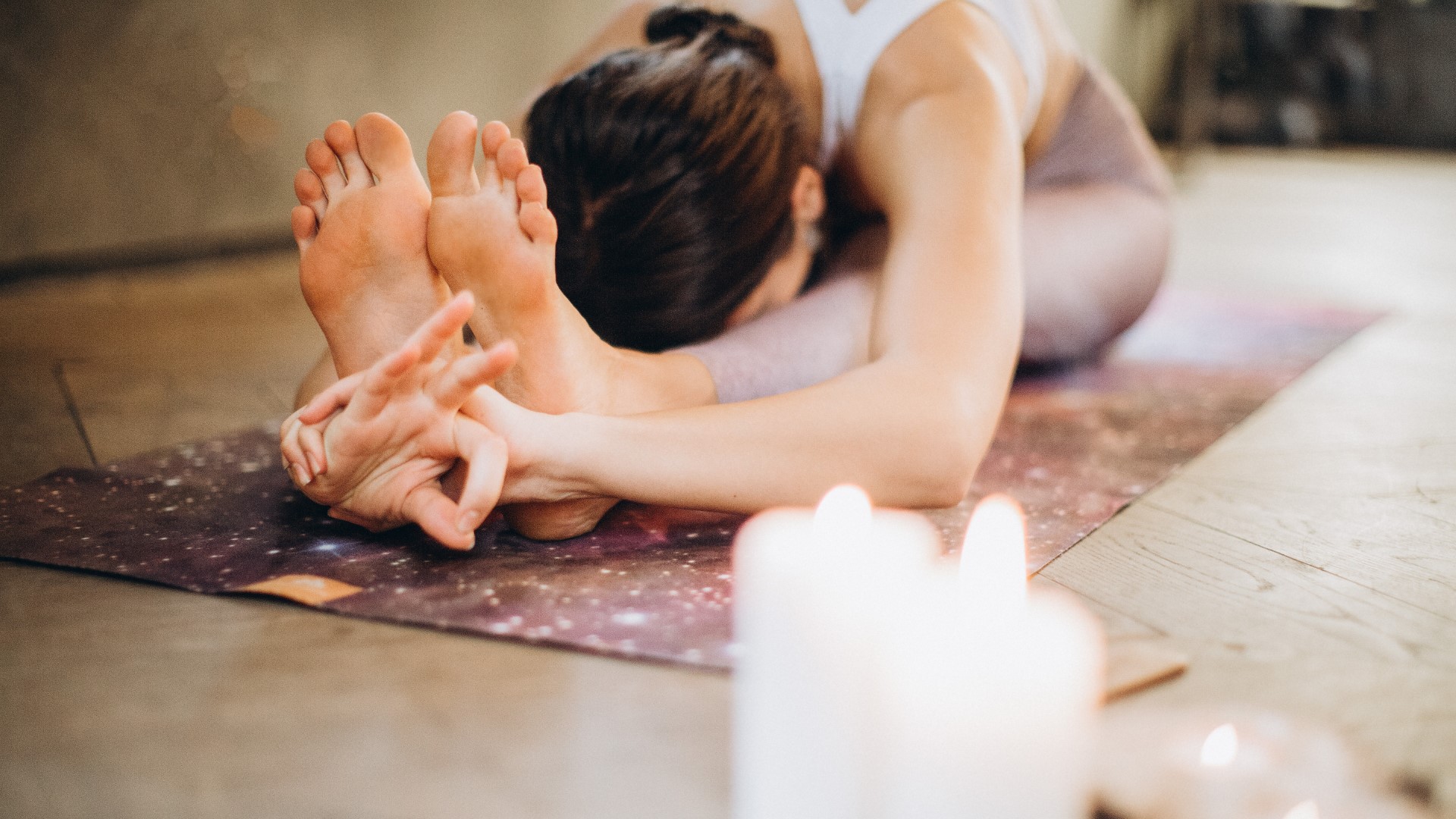
Do the thickness and size of the yoga mat affect the practice?
The thickness and size of your yoga mat can have an effect on your practice, and here are some relevant considerations:
Thickness: The thickness of your yoga mat can affect the comfort and cushioning of your practice. Generally, a yoga mat between 1/8 and 1/4 inch thick will meet most people's needs. If you need more cushioning, go for a thicker mat.
Size: The size of your yoga mat can affect the comfort and space of your practice. The standard yoga mat measures 68 inches long and 24 inches wide, but taller or larger people may need a longer or wider mat. In addition, the size of the practice space also needs to be considered. If your practice space is small, you can choose a smaller yoga mat.
In short, choosing the thickness and size of the yoga mat that suits you can improve the comfort and effect of the practice, allowing you to better enjoy the benefits of yoga.

How to clean a yoga mat?
Yoga mats are often used as sports equipment, in order to maintain hygiene and prolong the service life, they need to be cleaned regularly. Here are some common ways to clean yoga mats:
Use a mild detergent: add some mild detergent to the water, such as soapy water or an environmentally friendly detergent, then gently wipe the surface of the yoga mat with a sponge or soft cloth. Be careful not to use cleaners that contain strong acids such as bleach or alcohol, which may damage the surface of the yoga mat.
Use yoga mat cleaner: There are special yoga mat cleaners on the market, which can effectively remove dirt and sweat stains on the surface of yoga mats. Please follow the instructions on the manual before use.
Daily maintenance: After each practice, you can wipe the surface of the yoga mat with a towel or paper towel to remove sweat stains and dust. At the same time, you can also use a special cleaning spray for yoga mats before practicing to improve the hygiene level of yoga mats.
Bask in the sun: The yoga mat can bask in the sun, which will remove moisture and odors. However, please be careful not to expose to the sun for a long time, so as not to deform or fade the yoga mat.
In short, yoga mats need regular cleaning and maintenance, so as to maintain their cleanliness and comfort and prolong their service life. If the yoga mat has obvious wear or damage, please replace it in time.
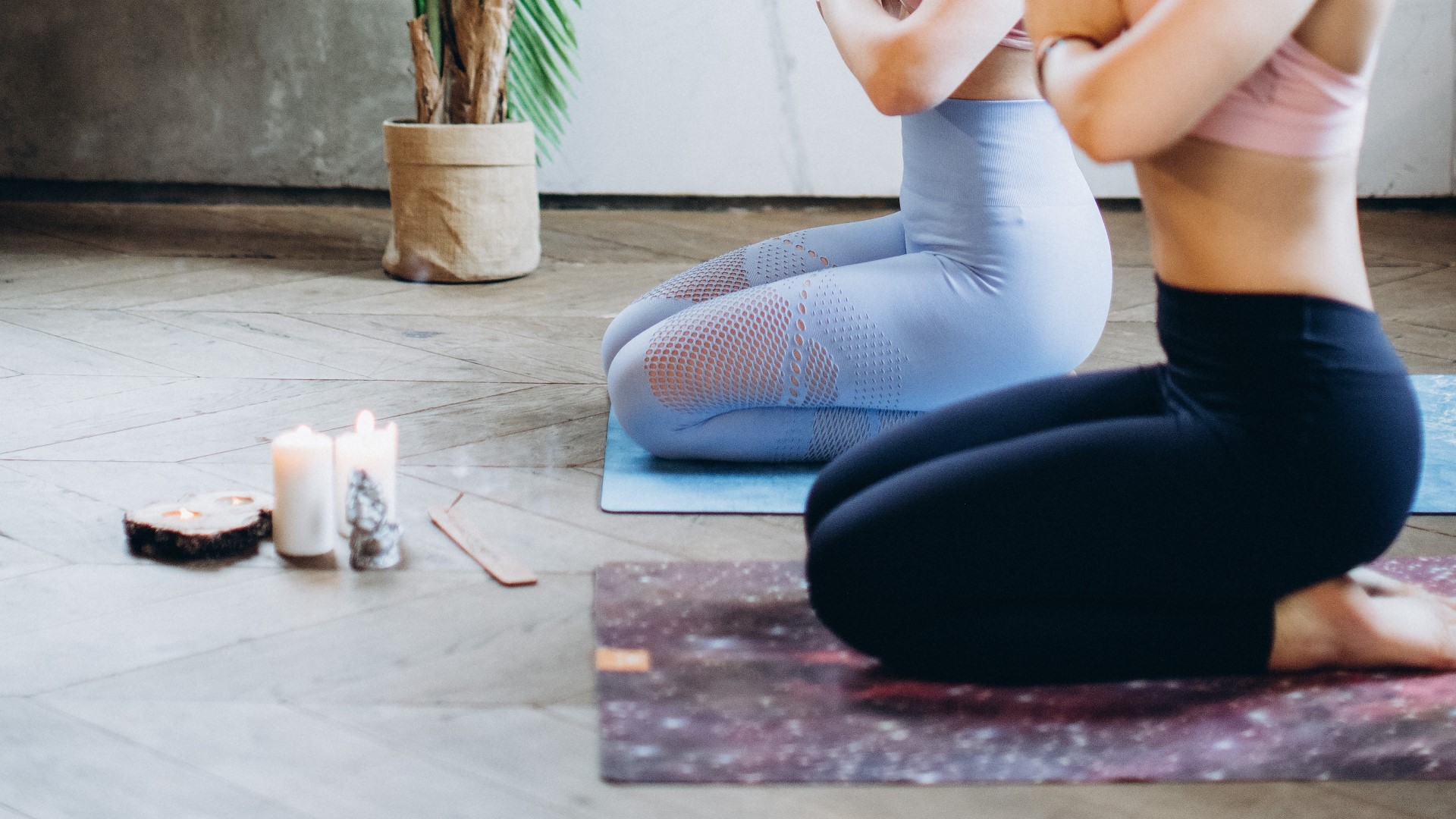
Do yoga mats need to be replaced regularly?
Yes, yoga mats need to be replaced periodically. Yoga mat is a kind of sports equipment that is often used. After long-term use, the surface of yoga mat will be worn, cracked and stained. These factors will affect the comfort and effect of practice. Therefore, it is recommended to replace the yoga mat in the following situations:
Wear and cracks: When there are obvious wear, cracks and dents on the surface of the yoga mat, it will affect the comfort and safety of practice. At this time, the yoga mat should be replaced in time to avoid potential safety hazards.
Odors and Stains: You should also consider replacing your yoga mat when it develops an unpleasant smell or stain on the surface that cannot be removed even after cleaning. These stains and odors may be accumulated due to prolonged use and improper cleaning, and these accumulated substances may pose a potential risk to health.
Use time: It is generally recommended that the service life of yoga mats be 1 to 2 years. If you use your yoga mat regularly and have used it for more than this time, you should consider replacing it.
In short, yoga mats need to be replaced regularly, which can maintain the comfort and effect of practice, and can also improve the hygiene level of practice. It is recommended to judge whether the yoga mat needs to be replaced according to the usage and the condition of the yoga mat.

What is the price range of yoga mats?
The price of yoga mats varies depending on factors such as brand, material, size, thickness, etc., and the price range ranges from tens of yuan to thousands of yuan. Generally speaking, the price of a cheaper yoga mat is between 100 yuan and 500 yuan, while the price of a higher-end yoga mat is more than 500 yuan, or even more than 1,000 yuan. The following is an approximate range of common yoga mat price ranges:
Entry-level yoga mat: about 50 to 200 yuan.
Mid-range yoga mat: about 200 to 500 yuan.
High-end yoga mat: about 500 yuan to more than 1,000 yuan.
Of course, the price is only for reference. When choosing a yoga mat, you also need to consider factors such as material, thickness, size, and non-slip. Choose a yoga mat that suits you to ensure comfort and safety.
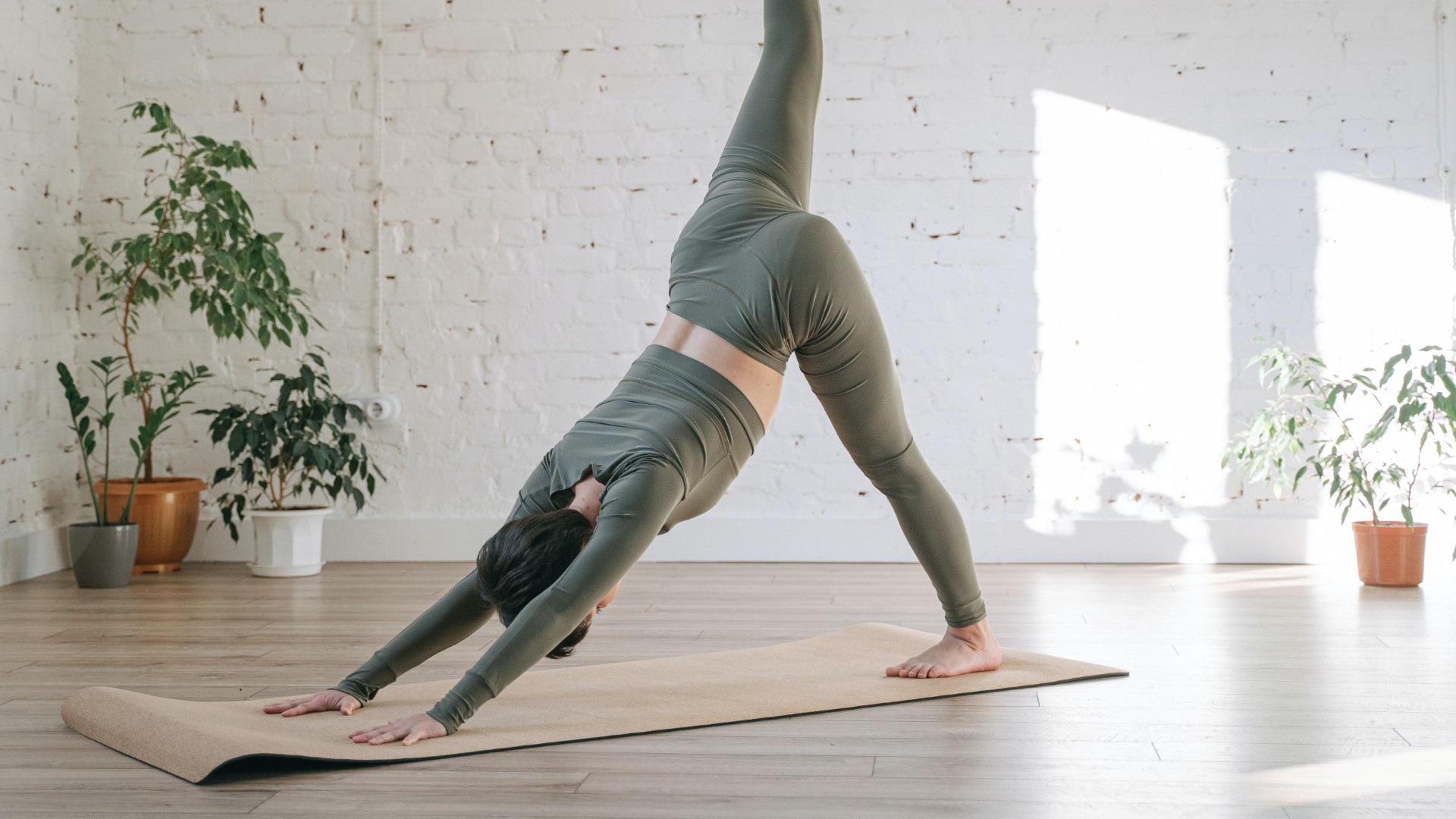
What are the precautions for using yoga mats with other yoga equipment?
Yoga mats are one of the necessary equipment for yoga practice, but in addition to yoga mats, there are other commonly used yoga equipment, such as yoga bricks, yoga belts, yoga blankets, etc. The following are precautions for using yoga mats with other yoga equipment:
Yoga bricks: Yoga bricks are mainly used to increase the support and stability of the body, and are usually used on top of yoga mats. When using yoga bricks, the size and material of the bricks should be selected to match the yoga mat to avoid sliding and instability.
Yoga Straps: Yoga straps are often used to assist with body stretching, increasing flexibility and suppleness. When using a yoga belt, you should pay attention to the tension of the belt, and don't pull it too much to avoid physical injury. At the same time, choose the length and material of the belt to meet your personal needs, so as to better achieve the effect of yoga practice.
Yoga blankets: Yoga blankets are often used to increase the comfort and warmth of the body. When using a yoga blanket, the material and size of the blanket should be selected to match the yoga mat to avoid sliding or folding of the blanket, which will affect the practice effect.
In short, when using other yoga equipment, you need to pay attention to choose the appropriate size, material and tension to ensure safety and practice effect. At the same time, you should pay attention to your physical state and posture during the exercise, and don't overuse or use it improperly to avoid physical damage.

How to prevent the yoga mat from sliding or shifting?
Sliding or shifting of the yoga mat may affect the effect of practice and may also cause physical injury. Therefore, care should be taken to avoid sliding or shifting of the yoga mat when practicing yoga. Here are a few ways to keep your yoga mat from slipping or shifting:
Choose a non-slip yoga mat: There are many non-slip yoga mats on the market. Choosing a non-slip yoga mat can effectively prevent the yoga mat from sliding or shifting.
Place it on a flat ground: The yoga mat should be placed on a flat ground to prevent the bottom of the mat from touching the uneven ground, which will affect the anti-slip effect. If there are uneven parts on the ground, you can put some cushions under the mat to level the ground.
Clean the yoga mat: Regular cleaning of the yoga mat can prevent dust and dirt from affecting the non-slip effect of the yoga mat. When cleaning the yoga mat, you can use detergent and a towel, or you can sprinkle some salt on the yoga mat and wipe it with a damp cloth.
Use a yoga blanket or yoga bricks: When practicing yoga, you can place a yoga blanket or yoga bricks on top of the yoga mat to increase the stability and comfort of the practice, and at the same time prevent the yoga mat from sliding or shifting.
Adjust posture: When practicing yoga, keep your body posture stable, and do not make too violent or unstable movements, so as not to cause the yoga mat to slide or shift.
In short, to prevent the yoga mat from sliding or shifting, you need to start with choosing a non-slip yoga mat, placing it on a flat ground, cleaning the yoga mat, using yoga blankets or yoga bricks, and adjusting your posture.


